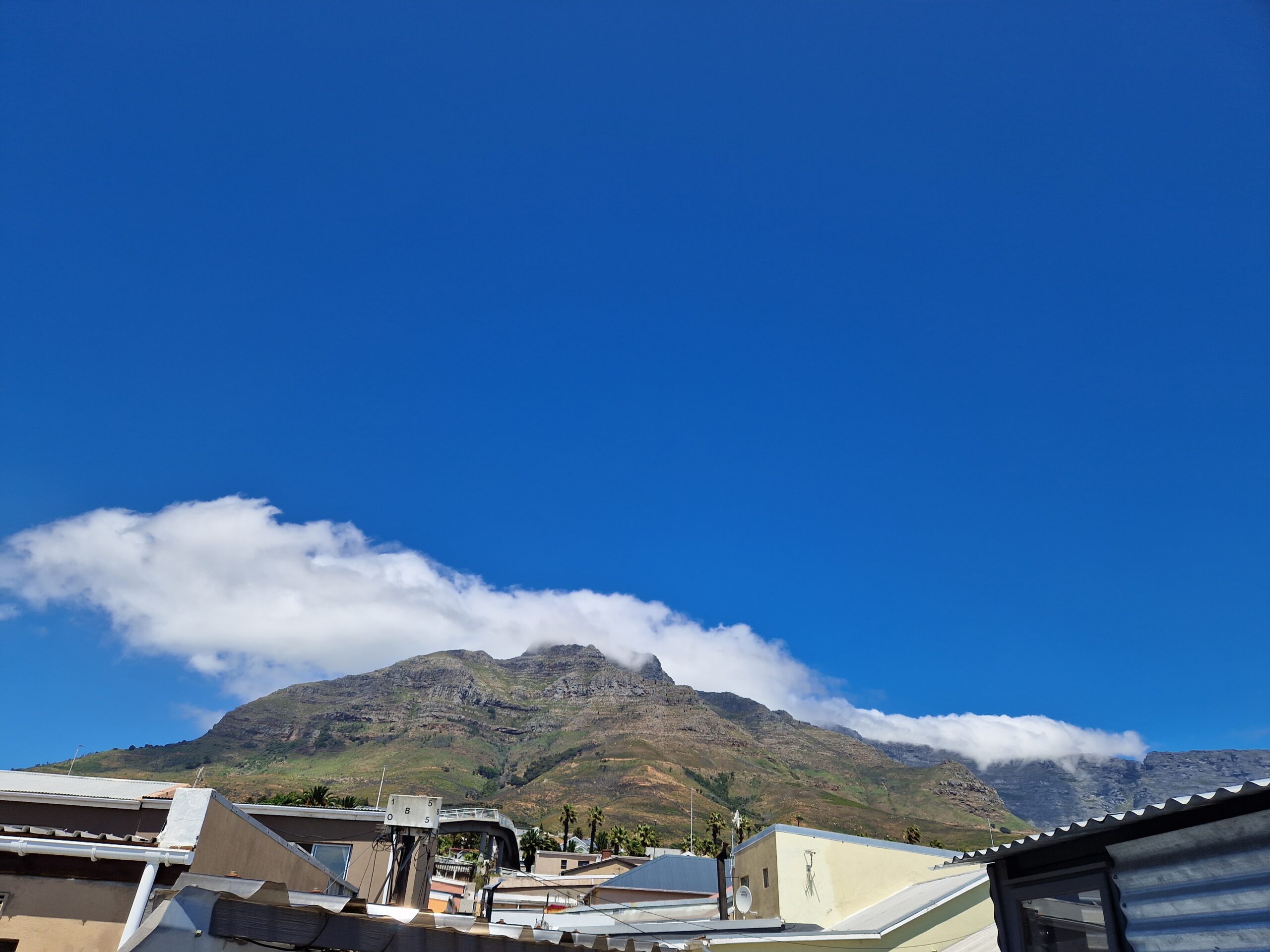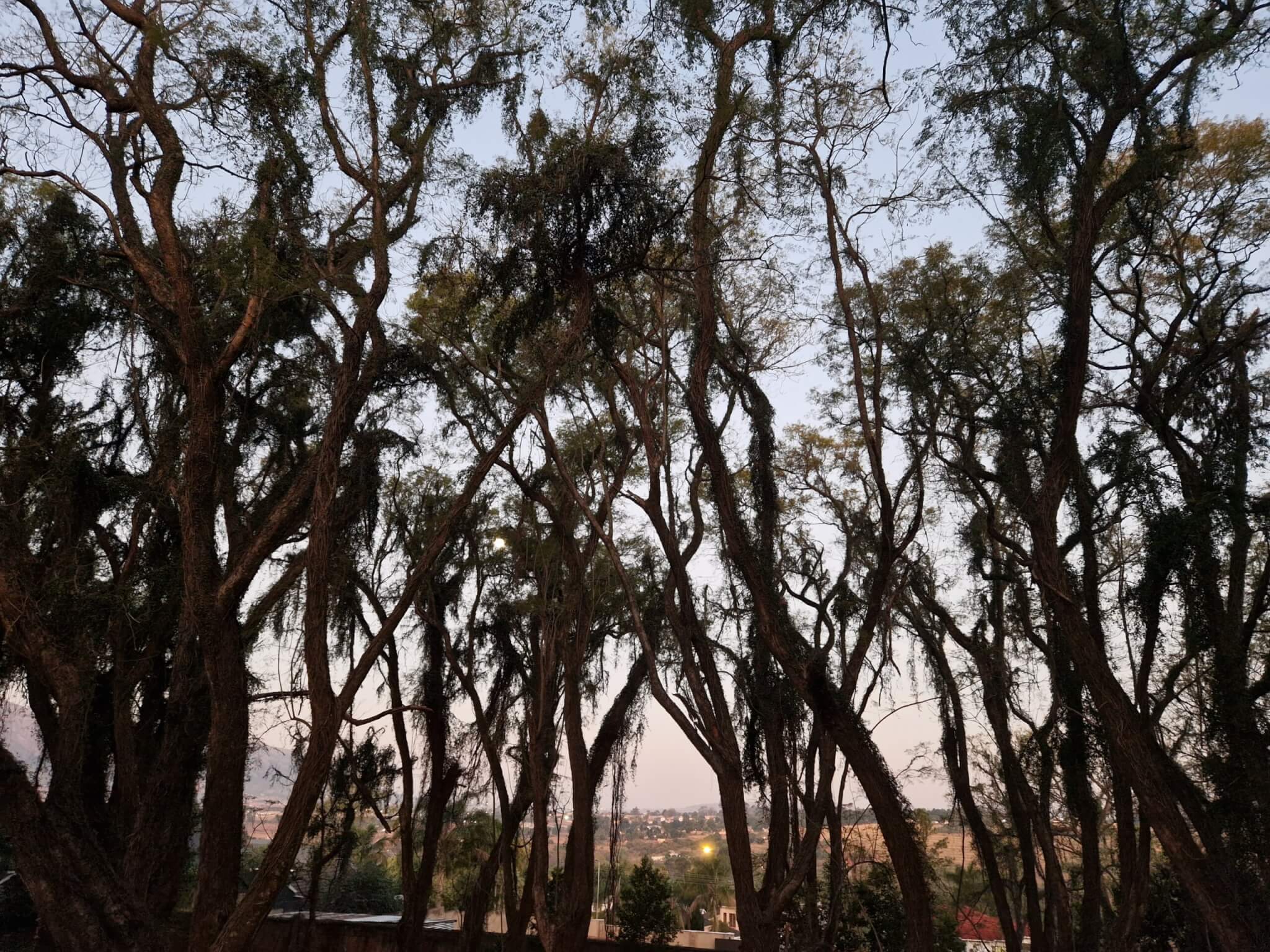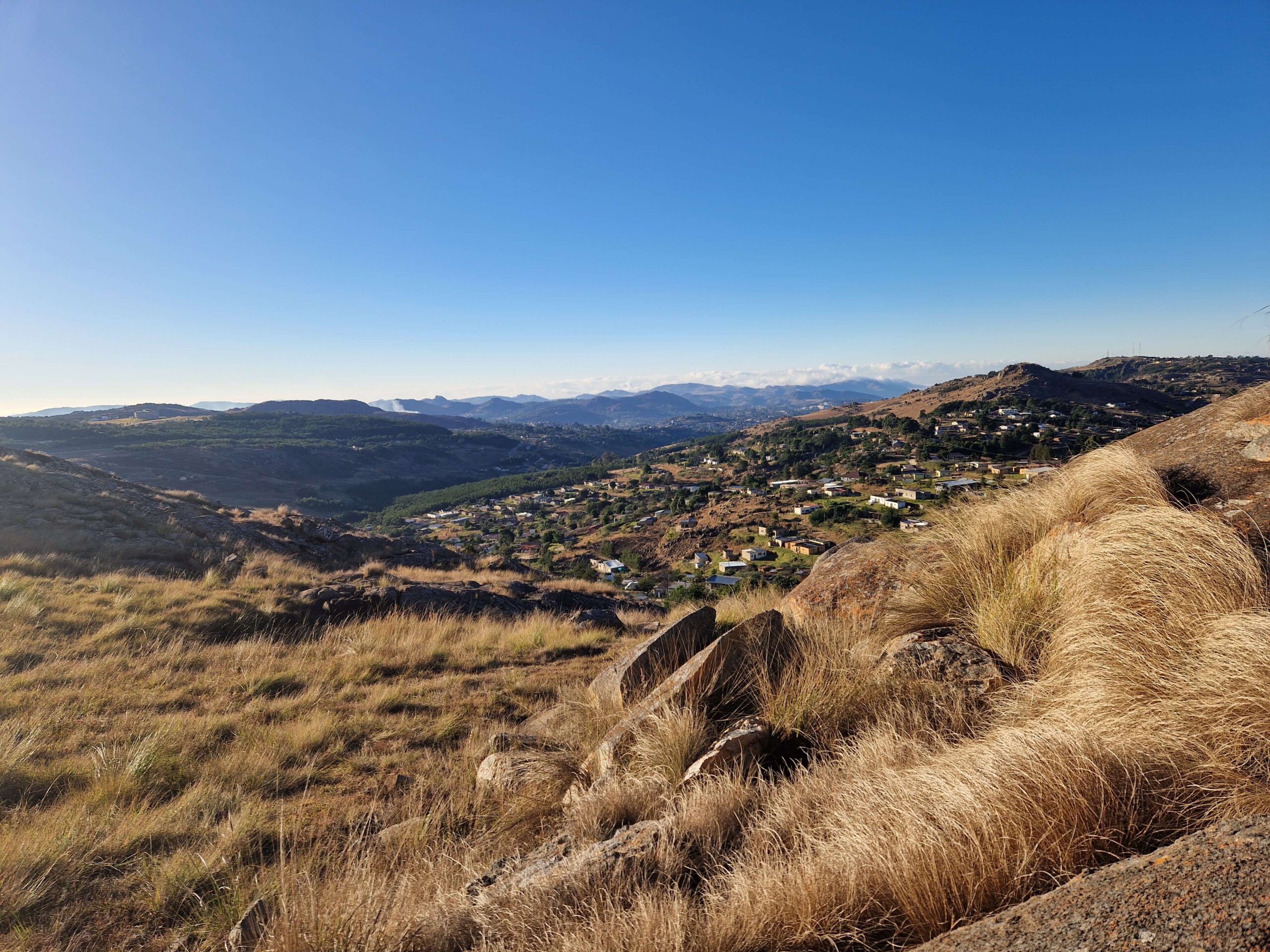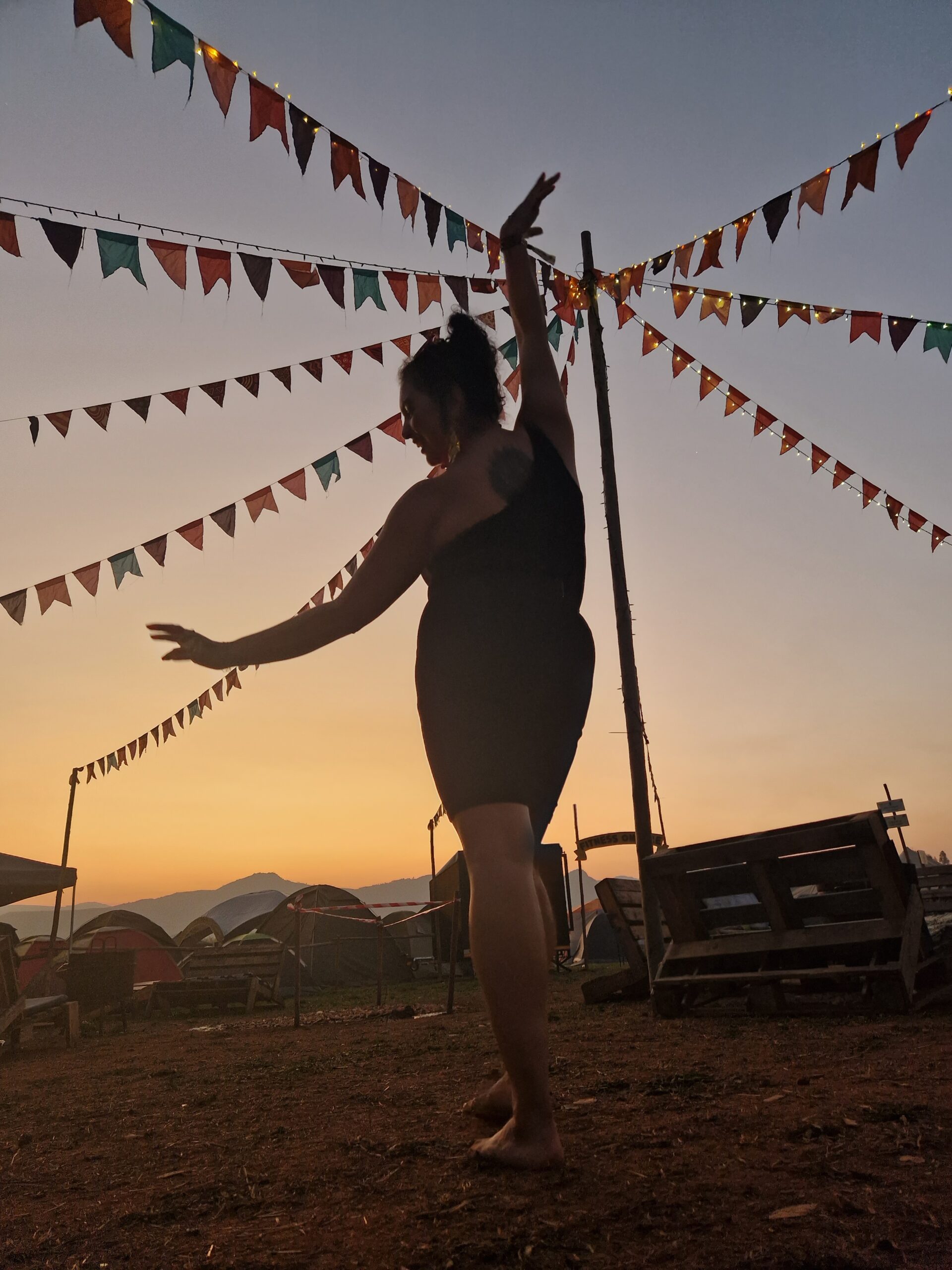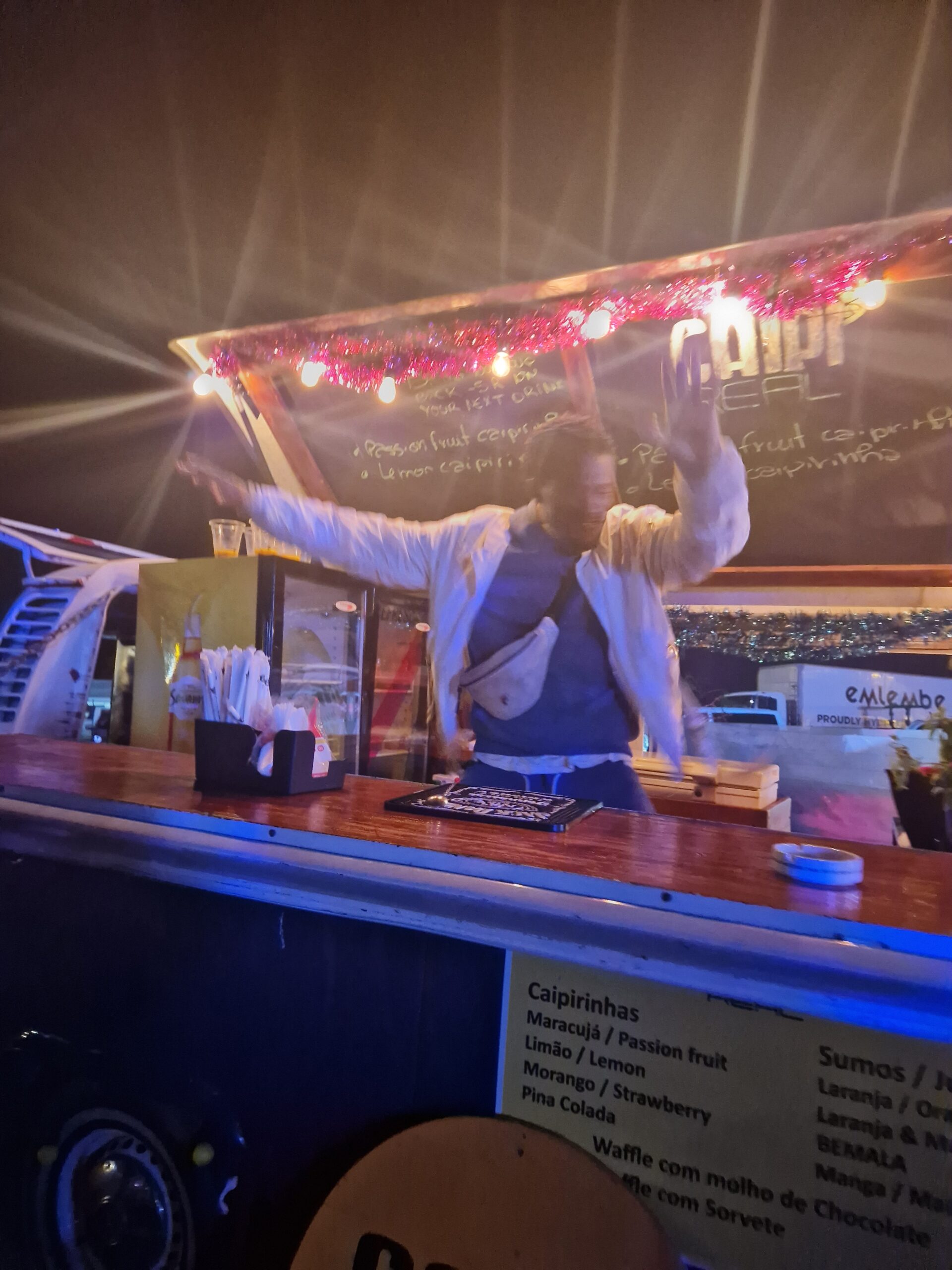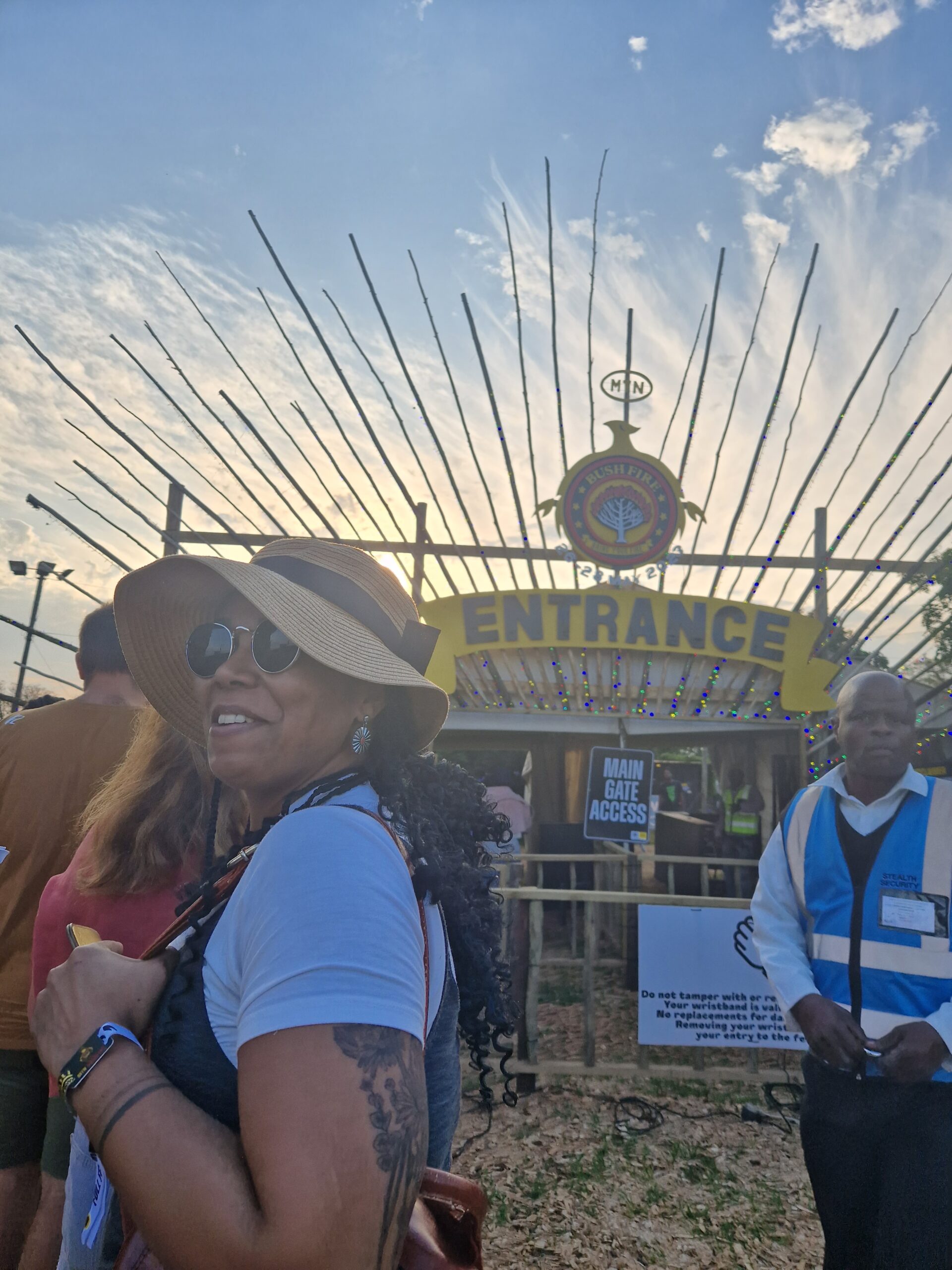
My Dance Background
Tonight is the first party of the salsa, bachata, kizomba festival and as excited as I am, I’m also a bit nervous. I’ve been dancing my whole life. Up until I was 17 years old it was mainly ballet and contemporary dance with small elements of salsa and musicals. Dancing has always been my most natural way of expressing and processing emotions, even the ones that feel too big for my body to hold. As I grew older and stopped with my classical training, salsa, bachata and eventually kizomba became my new safe space. Except the dance communities weren’t safe. And more often than not did I feel there was no space for someone like me.
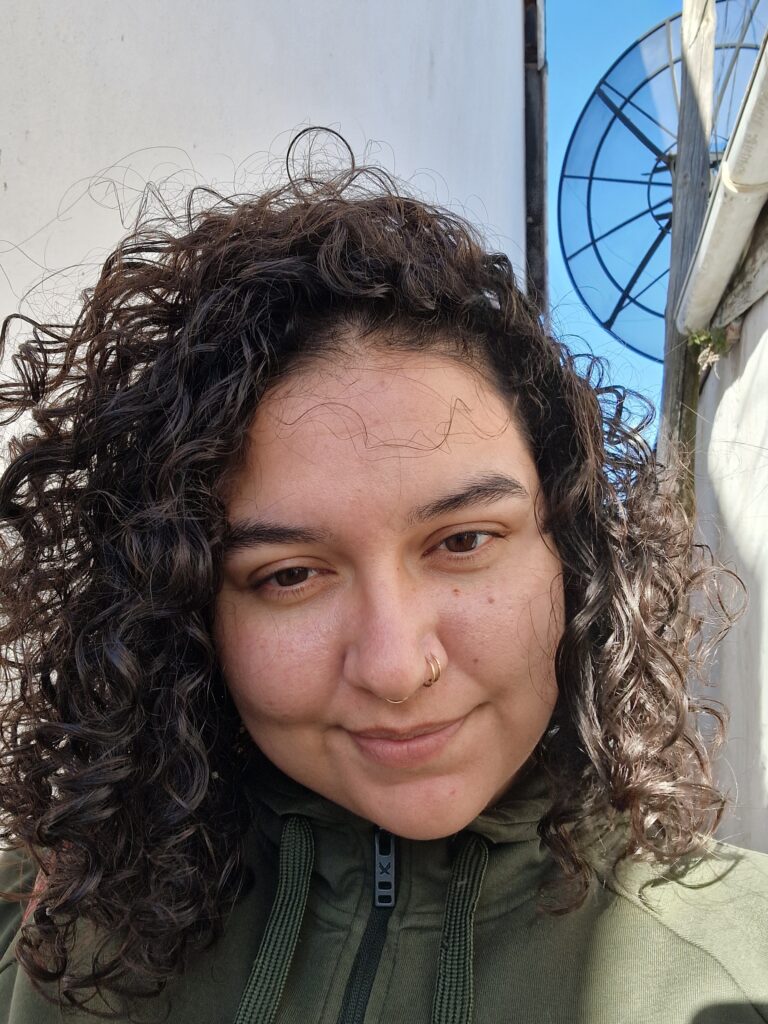
The toxic expressions of dance communities
As a mixed person with one parent from Latin America, it felt really weird to have to “fight” for inclusion in a community which represented and made money off my culture. And as sad as that is, it was often the case. Rooms filled with people fighting for attention and inclusion into some sort of status hierarchy. Side glances, cold shoulders, there are many ways to make a person feel small, the worst one being not getting to dance. Just sitting and waiting and waiting, hoping for somebody to have either the mercy, compassion or just common sense to invite the new girl to dance.
The older I got the more I noticed who got excluded and who got included. It all depends on the context of course. On Cuba, the ones who get to dance and be most included are the white, female tourists. If there are tourists around, the local women usually have to take the back seat. The crude explanation of this is that tourists give other opportunities, financial ones and opportunities of getting out of the country. More often than not you see amazing, mind blowing Cuban dancers dragging along a two-left-feet lady, night after night.
In Sweden, the norms are different. To give you the context, the ratio between men and women in Swedish dance communities are greatly skewed. For every man you might have 8-20 ladies waiting to dance. This leads to a dynamic where the men get to pick and choose, while the women fight for the mens’ attention on the premisses decided by the men (not necessarily consciously). My deduction is that in order to dance the most you should be slim, tall and white. But also agreeable, laughing, smiling and quiet. Needless to say, I don’t quite fit into any of those categories.
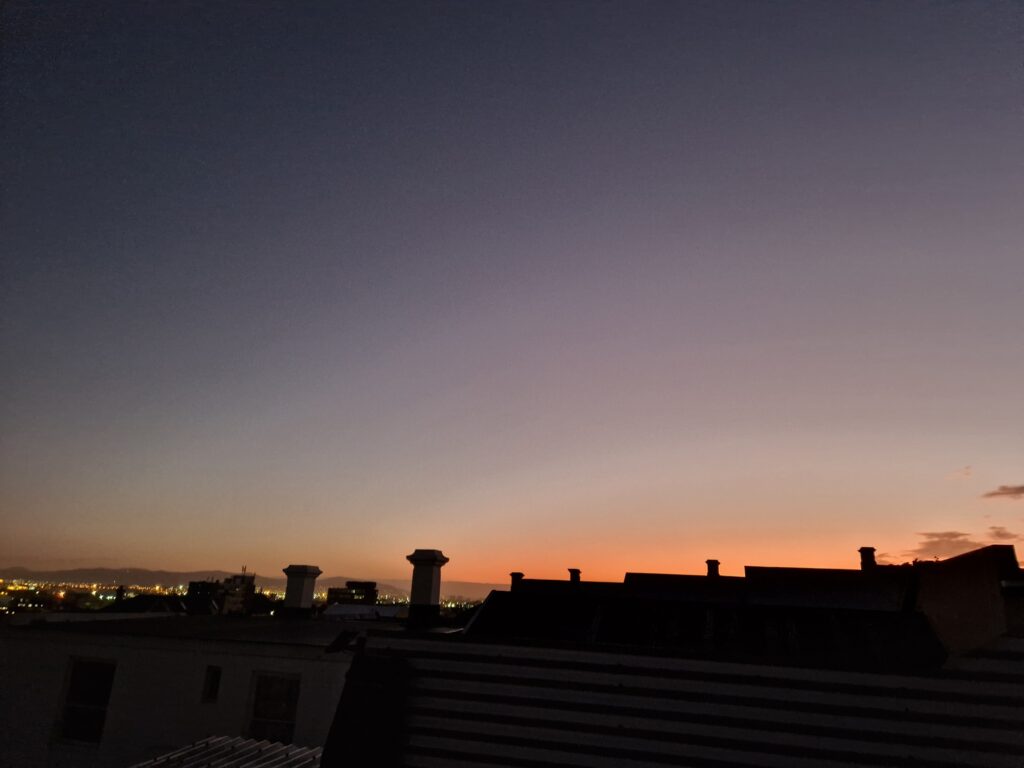
Why I Dance: My Safe Haven
One might question why then, with all of these destructive dynamics in the dance world, why do I dance? Why do I choose to continue spending time and energy in these spaces? The simple answer is that I love dancing. Dancing has been part of my way of living always and it is what I always return to when I feel lost. No matter the physical and social spaces, dancing, in itself, is my safe space. Despite the dance community norms triggering everything from eating disorders, body dysmorphia, identity crisis and the feeling of not belonging – dancing has healed me more times than I can remember.
It is not like the people in dance communities are rotten either, most of them are good, normal people and there’s even some conscious dancers too. Finding them, sharing that dance, experiencing that connection, can be otherworldly. It makes me feel alive. However, something happens when we come together. It’s like we are unable to create outside of the capitalistic limiting, competitive framework and it shows in how we treat each other. In our culture. I do believe that dance communities can also be just that: a community. Somewhere people gather, interact, belong, grow and coexist. That’s at least what I always come back to, what I long for.
So there you have it, my complex relationship to dance communities. Now I am both curious and nervous to find out what the Cape Town vibe is like. Wish me luck!
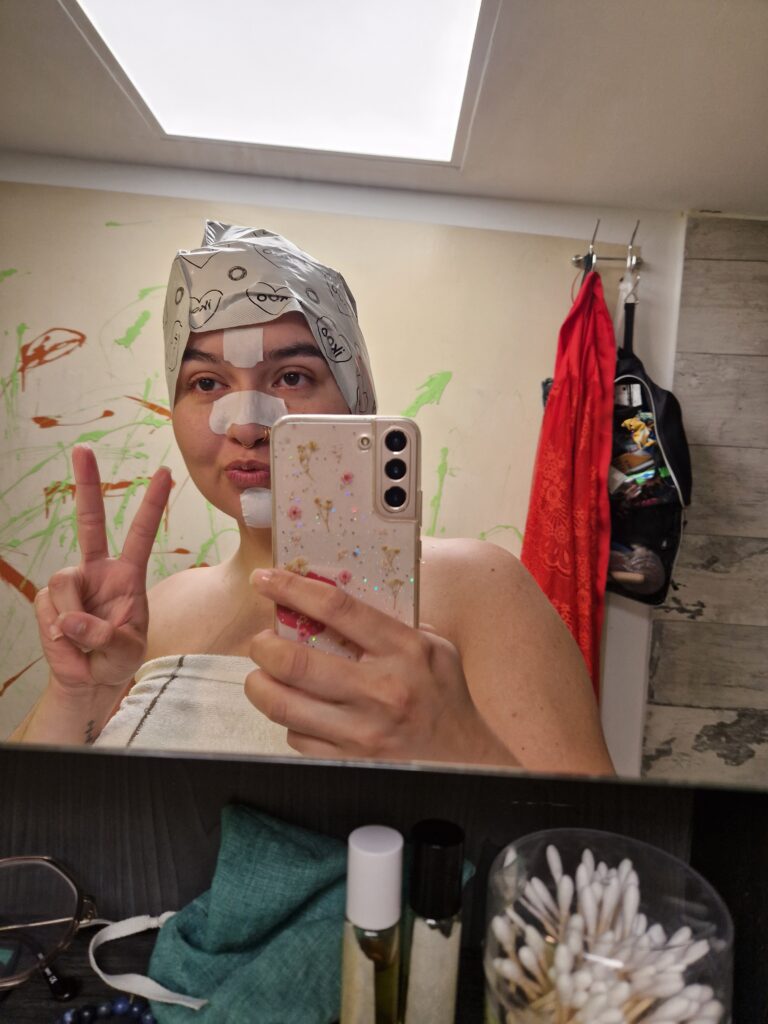


How do we build Social Sustainable Dance Communities?
I think a lot about what it is I feel is missing in the dance communities, why they more often than not show severe social dysfunction to the degree I would liken it with the dynamic between high schoolers.
One explanation could be that dancing is a tool for healing, and many of us are drawn to it to heal something we are unaware of. But instead of being a secure platform for transformation and healing, the dance scene often tears people down.
So how can we build dance communities that enable people to grow? Where you feel welcome no matter your background, level or looks. We need changes on so many levels, I’m thinking themes of:
Inclusion: dancing is something that constantly evolves. It is vital to continuously honor the dances by educating about their roots and include representatives at festivals. For a dynamic and healthy dance scene, there needs to be equal inclusion of the new and innovative dance styles and dancers as well. That is how dance stays relevant, it evolves with us.
Representation and equality: MATTERS! I cannot express what it did for me to see another curvy, plus size lady teaching ballet unapologetically. Another aspect of the same theme is who gets hired, who gets featured, who gets paid and who is expected to be ‘grateful for the opportunity’. Can we also stop glorifying European artists in African contexts?
Economic sustainability: I don’t have statistics on this okay but it is my distinct perception is that all my professional dance friends have other jobs to support their dance careers, more often than not they are expected to work for ‘exposure’. In other words for free.
Participants perspective: this is what needs to be in focus and drive the dance communities forward. Without the participant’s there is no dance community, just a bunch of stars without an audience.
Gender roles: Perhaps is this what ruins it all. For some reason, at least in Sweden, I feel the salsa bachata and kizomba communities are ten times worse when it comes to sexism and gendered power dynamics. It is such a tiered structure that limits us as people and as dancers. I’m over it.


